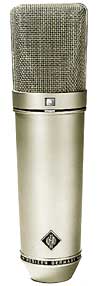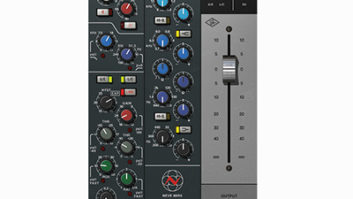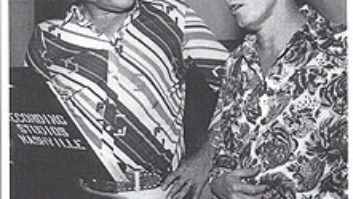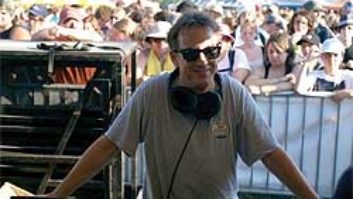
When a microphone remains in production for nearly 40 years, words like “classic” certainly apply, but the roots of the U87 go back much further. In 1960, Neumann launched the U67, a three-pattern tube mic for close-miking that was intended as a replacement for the U47. Designed by Neumann’s Dr. Ing. Gerhart Boré, the U67’s great sound and modern, tapered, shaft body made it an instant success. In 1966, Boré’s team was asked to create a solid-state version of the U67. The transistorized U87 was unveiled in 1967.
The U87 used a K87 capsule that was acoustically identical to the K67 capsule in the U67 and did not require an external power supply. This was a major convenience, although as phantom power was not universally available in 1967 (Neumann had just introduced 48 VDC phantom powering the year before) the original U87 had a internal battery compartment housing two 22.5-volt batteries as an alternative to phantom power.
In 1986, phantom power was well established as a studio standard. The U87’s difficult-to-find 22.5V cells were removed and a DC/DC converter was installed in its place. The result was the new model U87A, which offered improved performance, with a 4 dB lower noise floor and an output that was 6 dB hotter. Once the Tuchel output connector was replaced with a standard XLR jack, the mic was designated U87 Ai. The model is still in production, with thousands in use throughout the world.







